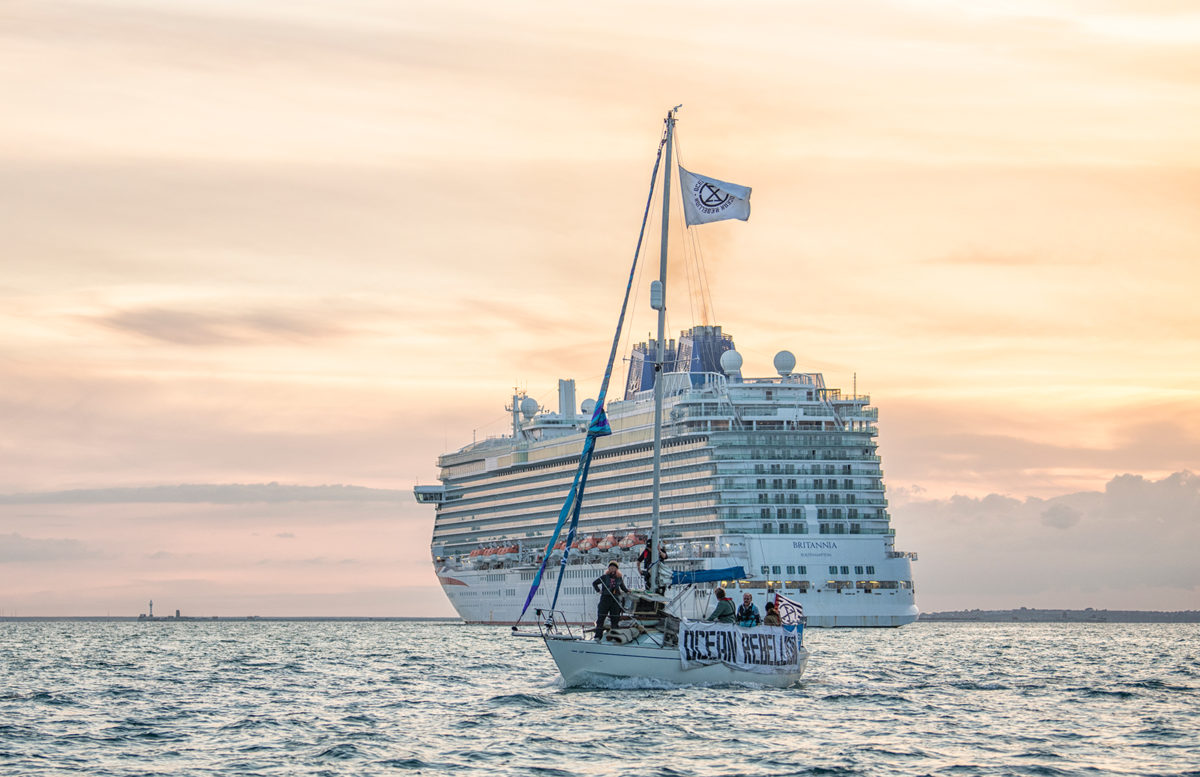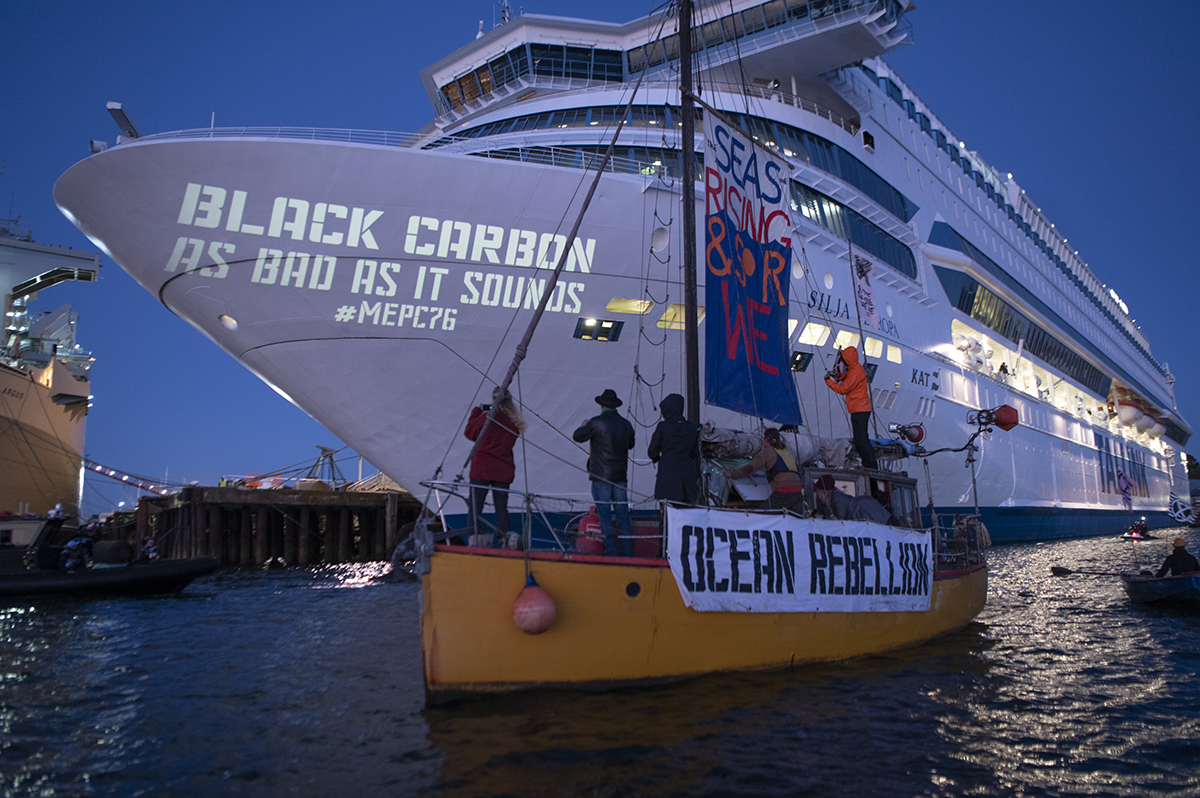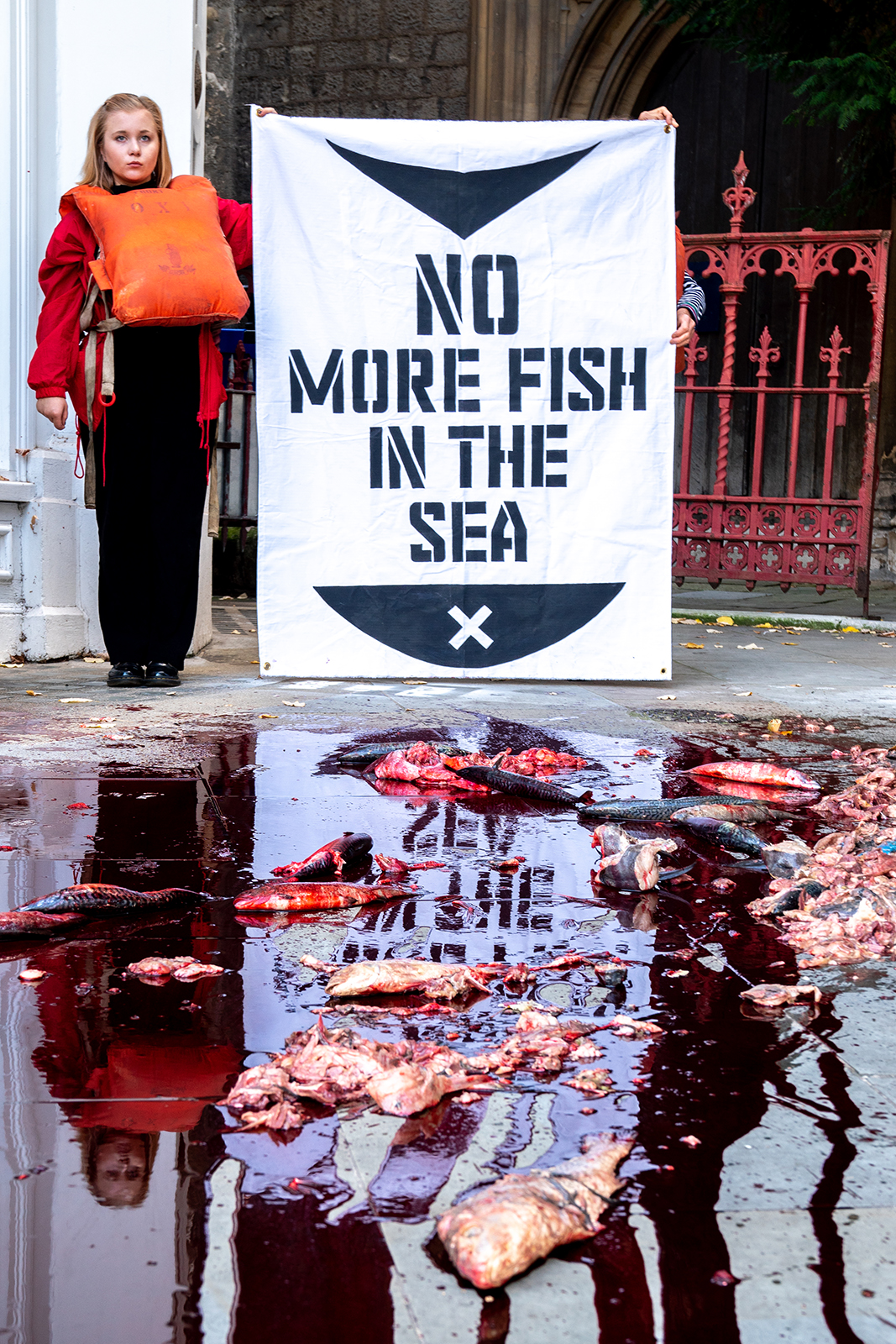The New High Seas Treaty: What Does It Really Achieve?
28.04.2023

Excerpt from an article first published at Green New Deal Media, read the original article here. By Chris Armstrong, Professor of Politics at the University of Southampton, and author of A Blue New Deal: Why We Need A New Politics for the Ocean
On March 5, the United Nations finally agreed a new High Seas Treaty, and everyone who cares about the ocean breathed a huge sigh of relief. The agreement was widely lauded as a huge, historic achievement.
But what does the Treaty achieve? And how successful is it likely to be in tackling the massive problems of environmental and social injustice we face at sea?

Filling a crucial “governance gap”
The United Nations Convention on the Law of the Sea was signed in 1982. Since then, each coastal state has had its own slice of marine territory. These ‘Exclusive Economic Zones’ make up around 40% of the ocean, and contain most of its marine life. States can fish in their Zones largely as they see fit.
Then there’s the seabed. Underneath their separate Exclusive Economic Zones, each local state can extract oil and other minerals if it wishes. The rest of the sea floor, by contrast, is governed by the International Seabed Authority, which is supposed to adopt and implement rules for seabed mining thoughout the wider ocean (a hot topic in its own right).

But this leaves an enormous gap throughout the High Seas: all the parts of the ocean, that is, which are outside of any state’s marine territory, right down to (but not including) the seabed. The High Seas represent around 60% of the ocean’s surface, and 95% of its volume.
Traditionally, they have been very loosely regulated at best. The default principle has been the ‘freedom of the seas,’ which means everyone has the right to exploit High Seas resources to their heart’s content, even when their activities are environmentally destructive.
Failing to protect the High Seas
The world has failed, to date, to seriously rein in this free-for-all. Regional Fisheries Management Organisations (RFMOs) collaborate to set catch limits for fish species in some parts of the High Seas.
But in practice they’ve had a limited impact. A major problem is that fishing vessels on the High Seas can choose which country’s flag they sail under. So-called ‘flag of convenience’ countries have shown very little interest in environmental protection, and may not join RFMOs in the first place. For example, the Marshall Islands, a leading flag of convenience country, does not belong to most of the RFMOs that seek to protect tuna from overfishing. Sailing under a Marshall Islands flag therefore allows unscrupulous companies to fish tuna without constraint in many parts of the ocean.
Another major problem has been the failure of Marine Protected Areas on the High Seas, which to date cover a tiny 1% of its surface. States collaborate to set these up on the High Seas. But many states object to their creation, and their refusal to recognise MPAs can doom them to failure. (In 2020, for example, Russia and China capsized a plan to create a large MPA in the waters around Antarctica). Even if they are created, boats sailing under flags of convenience may refuse to respect the rules of specific MPAs. A key test for the new Treaty is whether it will offer a route around this problem and provide genuine protection.

Marine genetic information: to the winner, the spoils?
A separate problem within the contemporary governance of the High Seas is the free-for-all over marine genetic information. Until now, any corporation has been free to scoop up marine organisms on the High Seas, and patent their genetic sequences in the hope they will hold the key to the chemicals or medicines of the future. One company, Germany’s BASF, has patented thousands of genetic sequences without paying anyone for the privilege.
But many countries in the global South believe these genetic resources should be seen as the common preserve of all, and that the profits from using marine genetic information should be shared globally. Another key challenge for the new Treaty, therefore, is whether it will usher in a fair system for regulating the use of marine genetic information.
The fate of the Ocean depends on us all.
Our interventions depend on your support.
How much progress does the new Treaty make?
The birth of the Treaty has been a very difficult process, taking the best part of twenty years. Rich countries have continually threatened to walk away from negotiations, knowing that this means they will be able to continue to exploit the High Seas with abandon. The fact that we now have a Treaty should therefore be celebrated.
The new document covers a lot of issues, and I’m going to focus here on just two – Marine Protected Areas, and marine genetic resources – to see how much progress it makes.
First, let’s return to Marine Protected Areas. The failure to agree a sizeable network of MPAs on the High Seas has been a longstanding global embarrassment, threatening to scupper plans to protect 30% of land and sea by the year 2030.
It is a huge relief, therefore, that the new Treaty actually provides a mechanism for creating new MPAs on the High Seas. But whether they eventually come to cover 30% of the ocean remains to be seen. The fine print of the new Treaty is a little disturbing. Any country which successfully objects to a particular MPA, it seems, will not be bound to respect it.
The grounds a country can give for objecting seem at first glance to be highly elastic. Among other things, states can complain that the MPA infringes their rights under the existing Law of the Sea. It remains to be seen how these objections will be dealt with in practice, but the way could be open for flag of convenience countries to issue a whole series of objections to any new protected areas. At worst, this would give boats sailing under their flags the continued freedom to engage in destructive fishing practices. Meanwhile, the Treaty is careful not to step on the toes of existing RFMOs, even though they have often been ineffective in protecting fish from destructive fishing practices.
Second, let’s turn to marine genetic resources. Here the vexed question has been exactly what any new benefit-sharing mechanism will look like. Will companies patenting genetic codes have to share money with the global South? Or will they be able to simply share non-monetary benefits, like information and data? Will benefit-sharing be compulsory, or optional?
Disappointingly, the new Treaty does not seem to resolve these vexed issues at all. The agreed text does suggest that a new global fund be set up. But who will pay into it, and when? Will contributions be voluntary, or required? At the moment, it seems that the drive to secure an agreement has led negotiators to defer those vitally important questions to some later date.

Summing up
There is no doubt that the new Treaty makes valuable progress in some areas. Among other things, it provides a framework under which 30% of the ocean could be protected – but getting anywhere close to that target will be hard political work. It also provides a mechanism for sharing the benefits of exploitation of marine genetic resources – though here much remains to be argued over.
But it is important that we do not assume the box of fair and effective High Seas governance has been ticked, and move our attention on to other issues.
In many ways the Treaty remains highly permissive, and it is not clear that it will allow us to adequately tackle the twin crises of environmental destruction and growing inequality in the ocean economy. For that, more ambitious policies might be required, including forbidding the vast majority of extractive activities on the High Seas. Leading fisheries experts have suggested we would do better, for example, to simply end all fishing on the High Seas.
While the Treaty undoubtedly makes some progress, then, a great number of challenges remain. The centrality of the ocean to our futures means that we will ultimately have to think bigger. A better approach would treat the High Seas as our most important reservoir of biodiversity, to be protected accordingly – even if this means turning our backs on the creeping industrialisation of the ocean.

Photos: from the top, João Daniel Pereira 1 and 4, Guy Reece 2, Cornel.ph, 3, Ilya Fisher 5.